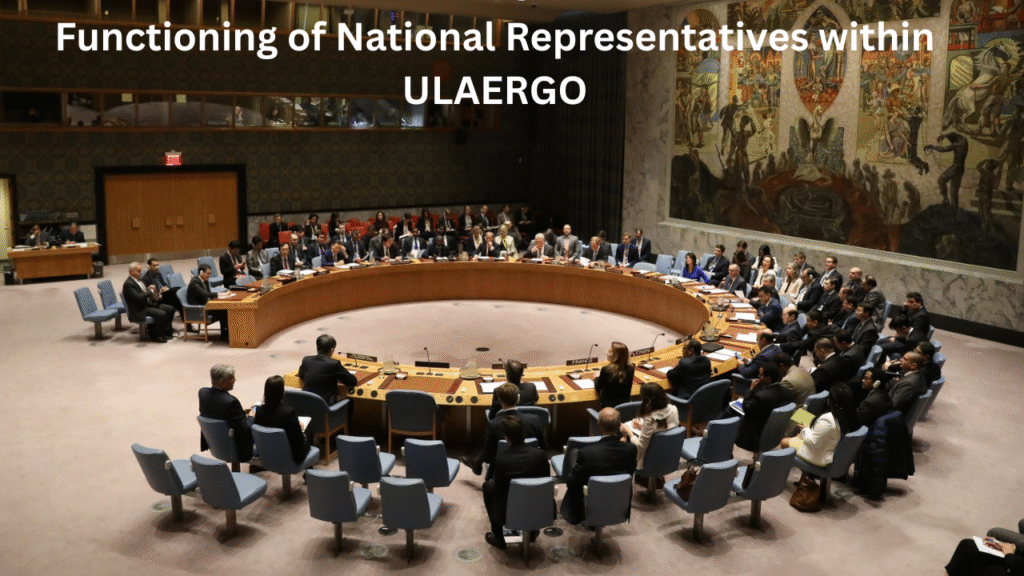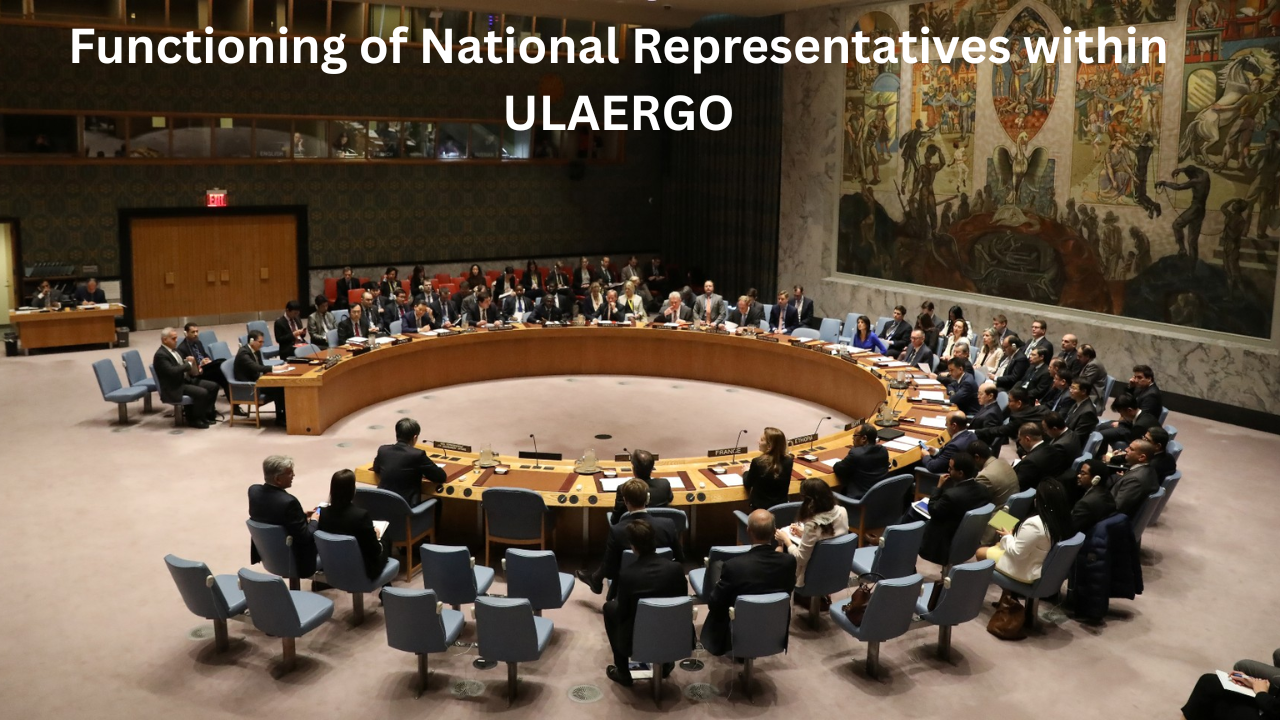
Introduction: The Backbone of ULAERGO’s Regional Success
At the heart of ULAERGO’s mission to transform ergonomics in Latin America lies its network of National Representatives. These individuals are the critical link between the regional vision of the Unión Latinoamericana de Ergonomía (ULAERGO) and the local realities in each member country. Functioning as liaisons, strategists, and coordinators, national representatives play a fundamental role in translating continental strategies into country-specific action.
This article explores the structure, responsibilities, selection processes, and collaborative functions of national representatives within ULAERGO, and shows how they contribute to the organization’s decentralized and democratic model of leadership.
Who Are ULAERGO’s National Representatives?
National Representatives are officially appointed delegates from each member country of ULAERGO. They act as the voice of their national ergonomic associations (or equivalent bodies) within the ULAERGO network and are responsible for ensuring two-way communication between ULAERGO and the national context.
Core Functions:
- Represent their country’s ergonomics body at regional meetings.
- Communicate ULAERGO directives and updates locally.
- Coordinate participation in ULAERGO initiatives, congresses, and working groups.
- Promote ergonomics development through advocacy and national initiatives.
Appointment and Terms
Each national association selects its representative based on their internal governance mechanisms, ensuring that the appointee has:
- Sufficient experience in ergonomics.
- Institutional knowledge of the local organization.
- Capacity to engage in regional cooperation.
Key Features:
| Criteria | Details |
|---|---|
| Eligibility | Must be affiliated with a national ergonomics body |
| Selection Method | Nominated by the national organization, approved by ULAERGO |
| Term Duration | Typically 2–4 years (may vary by country) |
| Renewal Possibility | Yes, depending on national rules and performance |
Core Responsibilities of National Representatives
National Representatives are entrusted with a wide scope of duties, balancing both local implementation and regional representation.
1. Communication and Liaison
- Act as the main communication bridge between ULAERGO and the national organization.
- Ensure timely updates on regional decisions, policies, and congresses.
- Present country-specific reports at ULAERGO meetings.
2. National Development of Ergonomics
- Organize workshops, trainings, and advocacy campaigns.
- Support national academic and policy initiatives aligned with ULAERGO goals.
- Identify national ergonomic challenges and feed them into ULAERGO strategies.
3. Contribution to Regional Policy
- Participate in formulating regional guidelines and research themes.
- Represent national perspectives in decision-making processes.
- Promote cross-country collaborations and knowledge exchange.
4. Participation in Working Commissions
- Encourage national experts to contribute to ULAERGO’s technical commissions.
- Nominate country members for participation in research, innovation, and standard-setting groups.
Impact of National Representatives on ULAERGO’s Growth
Without national representatives, ULAERGO’s model of regional unity through local diversity would not be possible. Their grassroots engagement ensures:
- Better alignment between policy and practice.
- Increased national participation in ULAERGO congresses and publications.
- Stronger voice in international ergonomics dialogues.
Country Examples:
| Country | National Association | Impact via National Representative |
|---|---|---|
| Argentina | Sociedad de Ergonomía Argentina (SEA) | Expanded educational initiatives in rural industries |
| Brazil | ABERGO | Hosted Latin America-wide webinars on work design |
| Mexico | AMEE | Strengthened ergonomics policies in health sectors |
| Colombia | ACE | Integrated psychosocial ergonomics into labor law |
Collaborative Mechanisms Among Representatives
To ensure synergy and prevent siloed efforts, ULAERGO fosters structured collaboration among its national representatives:
- Annual Regional Meetings: Representatives gather to report, share, and plan.
- Virtual Working Groups: Regular inter-country forums to tackle shared issues.
- Joint Publications and Projects: Representatives lead multi-country ergonomic studies and congress themes.
- Mentorship: Experienced reps mentor newer or less established member countries.
Overview Table: Role and Contributions
| Aspect | National Representative Role |
|---|---|
| Policy Communication | Delivers ULAERGO guidelines to national stakeholders |
| Strategic Input | Provides country insights for regional decision-making |
| Event Coordination | Organizes national involvement in ULAERGO events |
| Commission Participation | Encourages national expert engagement |
| Research and Innovation | Initiates country-level ergonomic studies and practices |
| Capacity Building | Promotes training and awareness within their country |
Enhancing Effectiveness: Challenges and Recommendations
Despite their importance, national representatives face several challenges:
- Limited funding for participation in regional events.
- Lack of formal ergonomics institutions in some countries.
- Political or institutional instability affecting continuity.
Recommendations:
- Create a ULAERGO Support Fund for under-resourced representatives.
- Develop a Mentorship and Orientation Toolkit for new representatives.
- Promote inter-country peer learning exchanges.
FAQs
1. Are National Representatives part of ULAERGO’s Executive Board?
No, but they work closely with the board and have voting power in the General Assembly.
2. How do they influence regional decisions?
They participate in strategic discussions and vote on key policy directions during assemblies.
3. Can countries have more than one representative?
Only one official representative is recognized per country, but task forces may include more members.
Conclusion
The functioning of National Representatives within ULAERGO exemplifies how regional integration can thrive through local leadership. Their role is both operational and symbolic—grounding a pan-Latin American ergonomics agenda in the specific realities of each country. As ULAERGO continues to evolve, the empowerment and coordination of these representatives will be central to its mission of building healthier, safer, and more human-centered workplaces across Latin America.

